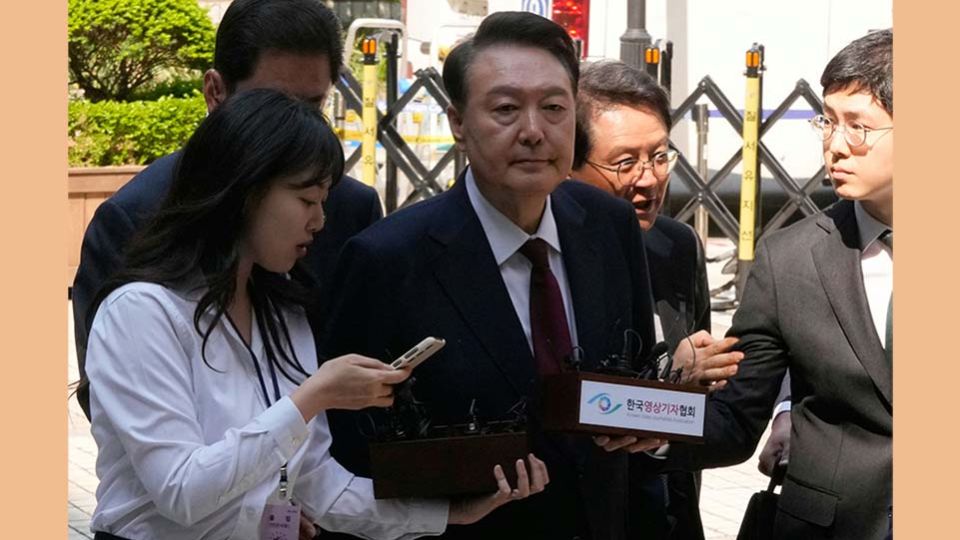May 29, 2025
SEOUL – Since South Korea’s democratization in 1987, power has swung back and forth between conservative and progressive forces with a certain rhythm — roughly every decade. These shifts have often been triggered by public discontent over corruption, economic crises, and leadership scandals. In more recent years, however, that rhythm has noticeably accelerated, signaling an era of increasingly unpredictable and chaotic politics.
The upcoming snap presidential election, set for June 3, is taking place just three years after the last one. (South Korea has a single-term, five-year presidency.) With conservative President Yoon Suk Yeol ousted in April, the country appears poised to shift once again, potentially bringing a liberal administration back to power and reinforcing the growing pattern of rapid political turnover.
South Korea’s political pendulum began with a period of conservative party dominance. Roh Tae-woo won the presidential election in 1987 — the first direct vote held after the fall of a decadeslong military rule. He was succeeded by another conservative party candidate, Kim Young-sam, in 1993.
Progressives first rose to power in 1998, with Kim Dae-jung, a longtime opposition figure and human rights advocate, taking over the top post to steer the country from the depth of the Asian financial crisis. His successor, Roh Moo-hyun, sworn in in 2003, further advanced the liberal agenda. In 2004, in his second year in office, Roh survived a parliamentary impeachment attempt. It was the first time that the country saw this mechanism being mobilized against a sitting president.
In 2007, voter fatigue with liberal leadership — compounded by concerns over economic stagnation and a lack of progress in relations with North Korea — brought the conservatives back. Business-friendly Lee Myung-bak took the reigns in 2008. Five years later, Park Geun-hye, the daughter of former strongman Park Chung-hee, became the country’s first female president and continued the conservative rule.
Her presidency, however, came to an abrupt end in 2017 after a massive influence-peddling scandal ignited nationwide candlelight protests. Park Geun-hye was impeached and removed from office with roughly a year left in her term — the first time a sitting leader was formally ousted. This marked the beginning of a disruption in the 10-year cycle of power shifts.
With Park Geun-hye’s fall, liberals surged. Moon Jae-in, former chief of staff to President Roh Moo-hyun and the runner-up in the vote that elected Park as president, won the election that followed.
After five years of Moon’s liberal administration, the pendulum swung back once again. In 2022, Yoon Suk Yeol, a former prosecutor with no prior political experience, narrowly won the presidency on a conservative platform.
Yoon’s presidency lasted only three years. In April 2025, Yoon was removed from office by the Constitutional Court over his short-lived martial law declaration in December 2024. He became the second president in South Korea’s history to be impeached.
Now, South Koreans prepare to cast their ballots in yet another snap presidential election on June 3. The question may be not just the direction the pendulum will swing — but how long it would stay there in this nation caught in a political overdrive.


